California's Efficiency Good News Story Part III: Priorities to Scale-Up Efforts in 2014
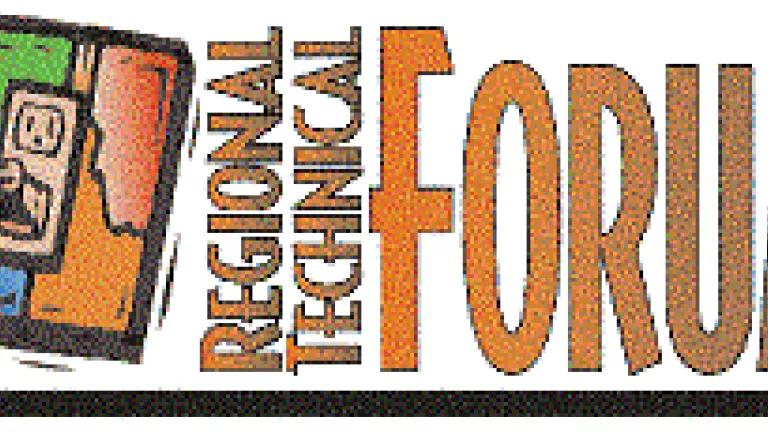
We’ve seen a lot of great progress in 2013, including extensive energy-saving programs that save customers money and cut pollution. In addition, this year the state moved forward with a number of new policies and legislative actions that further support efficiency. In this last installation of our “good news story” series, it’s time to explore what’s on deck for next year and highlight what California needs to focus on to maintain our leadership role and meet our 2050 climate goals.
- Building confidence in energy savings estimates: An exciting (and critical) development taking hold in California is improving the way we determine how much energy is saved through our programs. Modeled after the successful approach in the Pacific Northwest, California stakeholders and utilities – in consultation with staff from the energy agencies - are in the process of assembling a panel of technical experts to review data and develop robust and standardized estimates in an open, transparent process.
This is intended to increase accuracy and credibility of energy savings estimates used across the state (by both privately and publicly owned utilities), reduce time and money spent on figuring out these estimates, and minimize contention by having a clear and open process. Ensuring success of this effort is necessary for California to rely more on efficiency to avoid dirty and costly power and will enable the agencies and stakeholders to focus resources on keeping programs top-notch rather than spending substantial time and money debating numbers.
- Aligning energy efficiency rules with state climate goals: As California updates its plans to meet AB 32’s carbon pollution limit for 2020 and beyond, it’s time for the state to align its energy efficiency policies with its long-term pollution reduction goals. The California Public Utilities Commission (CPUC), the California Energy Commission (CEC), and the publicly-owned utilities should improve (and align) their cost-effectiveness frameworks to properly value long-lasting energy savings. Without improving the way in which we value energy savings, efficiency investments will continue to be artificially constrained and customers and the state will miss out on savings that could save even more money and bring the state closer to meeting our long-term climate pollution reduction goals.
- Creating certainty and continuity in program planning: The CPUC began charting new territory this year by inviting a process to continuously fund and plan for efficiency programs. Rather than the traditional “start/stop” approach, which creates funding cliffs for the industry and gaps in program service for customers, the Commission is exploring how to shift to a longer-term (e.g., funding approval for 10 years), more flexible (e.g., ongoing opportunities to bring ideas into the efficiency portfolio of programs), and adaptive (e.g., streamlined process to respond to changes in the market and customer needs) approach to program planning. Building on an unprecedented collaborative effort started earlier this year, California stakeholders are working closely together (and in consultation with CPUC staff) to develop a proposal for how this approach would best be designed and implemented.
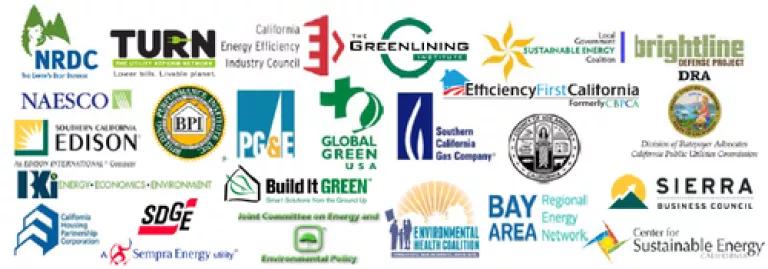
- Upgrading existing buildings: The California Energy Commission (CEC) has been laying the foundation to implement the next phase of Assembly Bill 758, which requires a statewide plan to upgrade all existing buildings. This year will focus on the “No Regrets Strategies” (like better data reporting, standards compliance, and workforce resources) and the “Voluntary Pathways” (such as expanding the reach of building upgrades, offering more financing options, and providing a
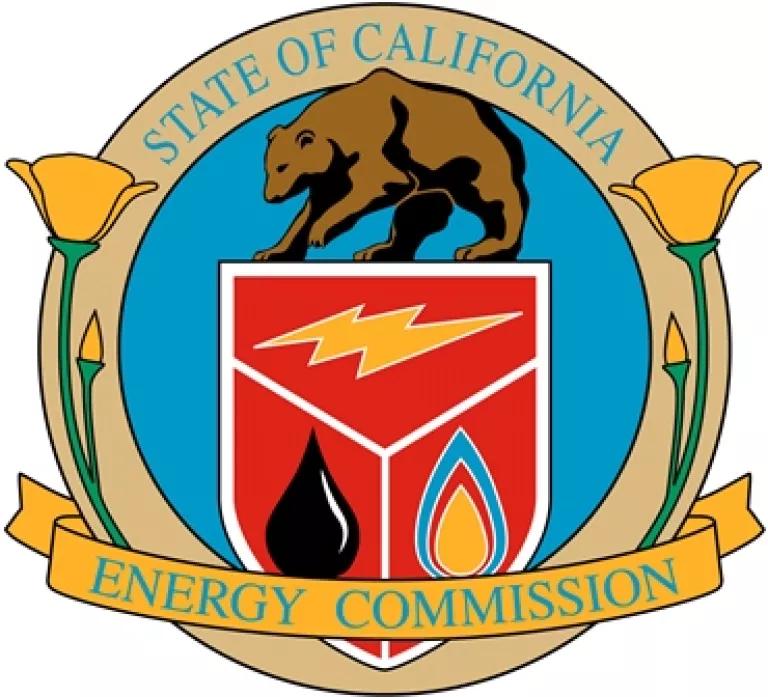
dditional tools to better assess the amount of energy use and improvement in buildings). To ensure these strategies truly capture the available energy-saving opportunities, the CEC needs to closely and effectively coordinate with the CPUC and accelerate mandatory approaches – such as time of sale disclosure and upgrade requirements – that will capture substantial energy savings and reduce climate pollution.
- Making California schools a better place to learn: The California Energy Commission will begin approving Proposition 39 programs early next year to enable the retrofit and repair of schools across the state. This will make school buildings more efficient, cleaner, and overall better (and healthier) places to educate our children, while saving cash-strapped school districts money on their energy bills and creating jobs that will boost communities and the state’s economy.
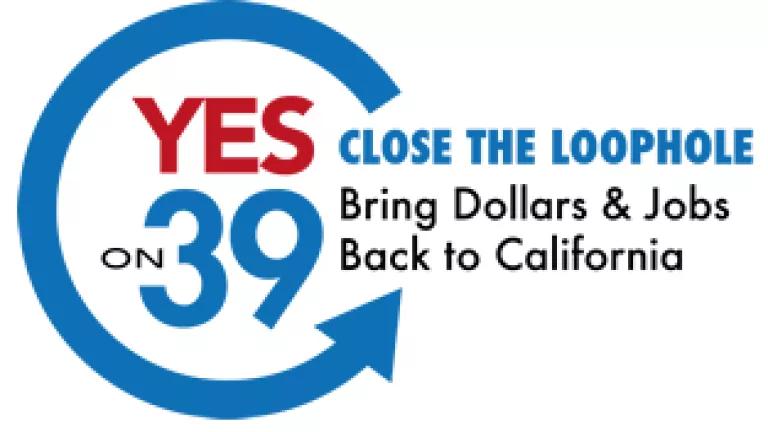
Close coordination with other programs that reach schools will be critical to leverage existing funding and ensure that as many schools as possible will get the much-needed energy efficiency improvements.
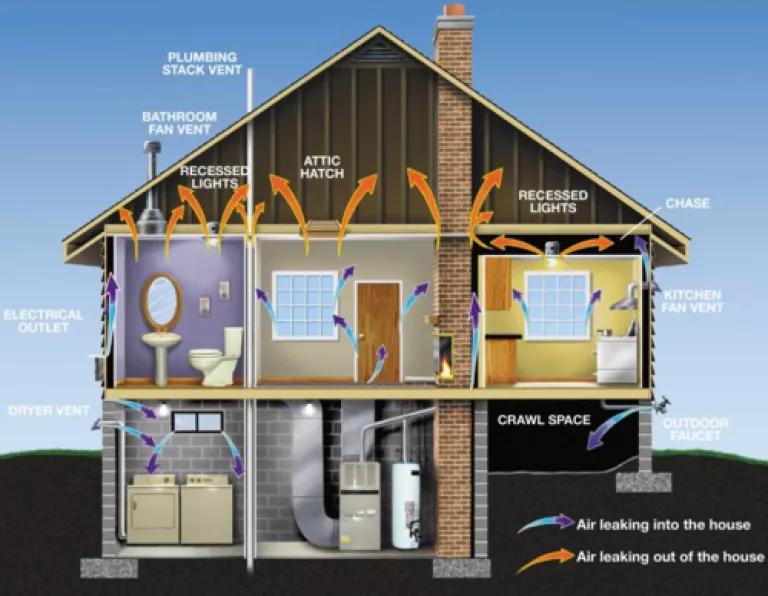
In the new year, policymakers and stakeholders should focus on advancing strong building codes for the next update and address better code compliance (such as through additional training opportunities for local building staff and increased on-the-ground inspections).
- Saving more energy and money through minimum standards: The California Energy Commission is considering whether to set standards in 2014 for a number of products like lights, water fixtures, computers, and monitors. If st

andards are set for all of them, the energy saved would be the equivalent to nearly three large (500 megawatt) power plants. The CEC should move swiftly to set standards for these products to ensure only the most efficient equipment is available for purchase so Californians can continue to enjoy lower bills and cleaner air.
There is no doubt that California has a strong energy efficiency policy foundation and is on a roll with new ways to achieve even further savings. However, to ensure the state continues to be an efficiency leader, policymakers, implementers, and stakeholders must work together to advance efficiency efforts to the next level, which will also support a clean energy economy, lower our energy bills, and protect our planet.

